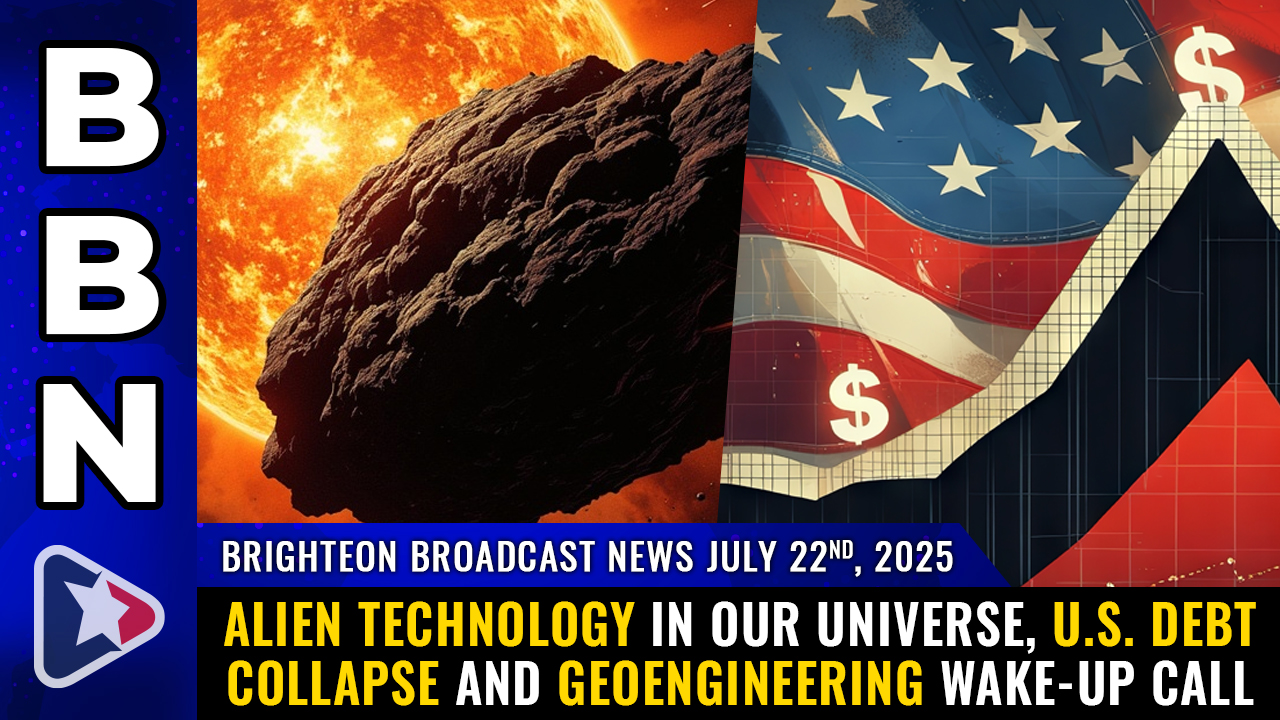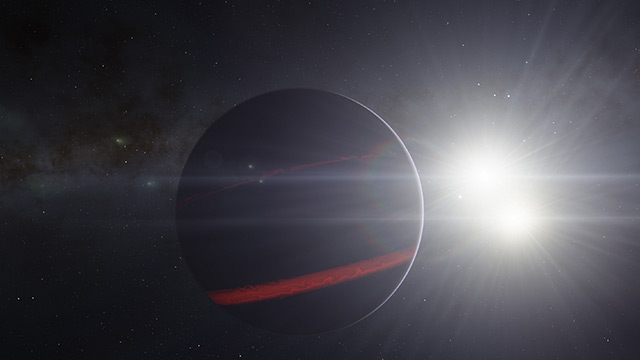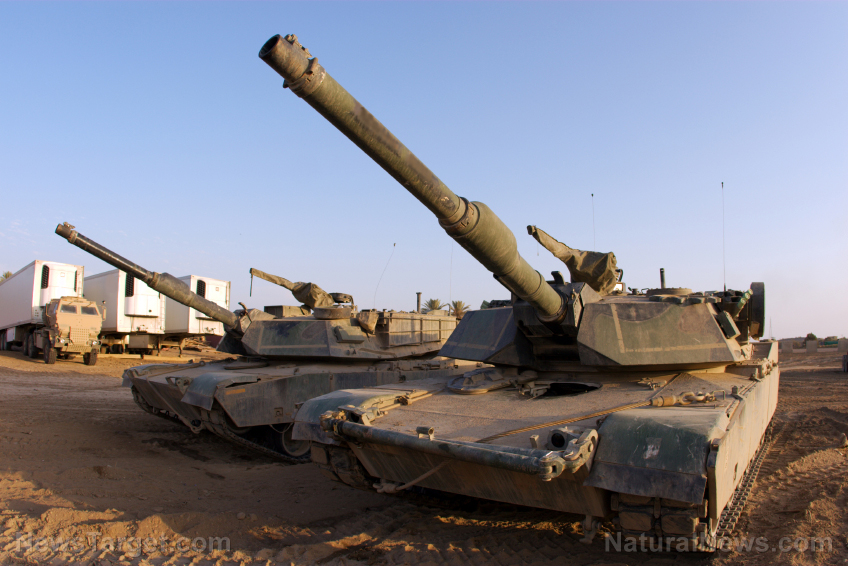 Parler
Parler Gab
Gab
- The Southern Delta Aquariids and Alpha Capricornids peak July 29-30, with up to 25 meteors per hour visible under dark skies.
- The Southern Delta Aquariids are strongest from mid-southern latitudes but offer good rates globally around dawn.
- Alpha Capricornids add colorful, slow-moving meteors and occasional fireballs to the show.
- A 27% full moon will set early, minimizing light pollution and enhancing viewing conditions.
- 2025’s meteor calendar includes major events like the Perseids and Leonids, with historic potential for fireball swarms in November.
The Southern Delta Aquariids: Faint trails and Southern Hemisphere highlights
The Southern Delta Aquariids, the stronger of the two showers peaking in late July, trace their origins to 96P/Machholz, a comet discovered in 1986. With expected rates of 20 meteors per hour, this shower produces faint, lingering streaks best seen south of the equator, where the constellation Aquarius dominates the southern sky. “The shower’s radiant is highest just before dawn, making early morning hours the prime time for observers worldwide,” notes the American Meteor Society. While primarily a Southern Hemisphere event, northerners can still expect 10-15 meteors hourly if skies are dark and unobstructed. The shower’s broad peak means good viewing opportunities extend from July 24 to August 12, though July 29-30 offers the highest activity.Alpha Capricornids add colorful fireballs to the sky
Complementing their Aquarius-centric counterpart, the Alpha Capricornids, powered by the 3.2km-wide comet 169P/NEAT, contribute slower, brighter meteors to the display—a rare treat that occasionally includes colorful fireballs. With a ZHR (Zenithal Hourly Rate) of five meteors per hour, this shower shares the Capricornus radiant near Aquarius, making its streaks difficult to distinguish from those of the Southern Delta Aquariids. However, its slower velocity (14 miles/sec) and vivid hues offer a contrasting visual banquet to the Aquariids’ swift, fleeting streaks. While not as prolific as the Perseids, the Alpha Capricornids are notable for their unpredictability: “These showers sporadically spark fireballs that can turn a modest meteor display into a truly memorable event,” explains meteor researcher Dr. Storm LaMarche of the International Astronomical Union.Viewing tips and lunar conditions for optimal stargazing
For optimal viewing, stargazers are urged to head to dark-sky regions away from urban light pollution. Peak activity begins after 1 a.m. local time, culminating around dawn. Here’s how to maximize your experience:- Timing: Aim for the pre-dawn hours (3-5 a.m. local time) when the radiant constellations are highest
- Location: Rural areas reduce interference from artificial light.
- Comfort: Use blankets or reclining chairs to endure cool predawn temperatures.
Looking ahead: 2025’s meteor calendar offers history, fireballs and surprises
July’s dual show is just the prelude to a year of celestial light displays. The Perseids, August 12-13, promise 50-75 meteors per hour but face moonlight interference from a 84%-illuminated moon. In November, the Southern Taurids (Nov. 3-4) feature 96% moonlight, yet are still expected to deliver fireball swarms, thanks to their connection to the ancient comet Encke. The Leonids (Nov. 16-17), known for historic storms exceeding 100,000 meteors per hour in 1833 and 1966, will only offer 15 meteors hourly in 2025 but may hint at future cycles’ potential. “Every meteor shower is a relic of our solar system’s past,” explains astronomer Dr. Clara Swift, a Lunar and Planetary Institute researcher. “Studying them helps us map the journeys of icy bodies from the Kuiper Belt to inner space.”The eternal dance of comets and Earth
As July’s meteor showers capture our attention, they remind us of Earth’s dynamic relationship with interplanetary debris. The Southern Delta Aquariids and Alpha Capricornids are but fleeting brushstrokes in the broader masterpiece of astronomical activity, yet their ephemeral beauty invites all to pause, look up and ponder the cosmos’ vastness. With 2025’s calendar offering standout meteor events—each scientifically significant and visually breathtaking—the call to stargaze transcends mere hobby; it becomes an act of connection to humanity’s shared heritage under the stars. Sources for this article include: LiveScience.com amsmeteor.org7.3 Magnitude earthquake: Nature’s fury tests Alaska’s coastal resilience
By Willow Tohi // Share
Governments continue to obscure COVID-19 vaccine data amid rising concerns over excess deaths
By patricklewis // Share
Tech giant Microsoft backs EXTINCTION with its support of carbon capture programs
By ramontomeydw // Share
Germany to resume arms exports to Israel despite repeated ceasefire violations
By isabelle // Share










